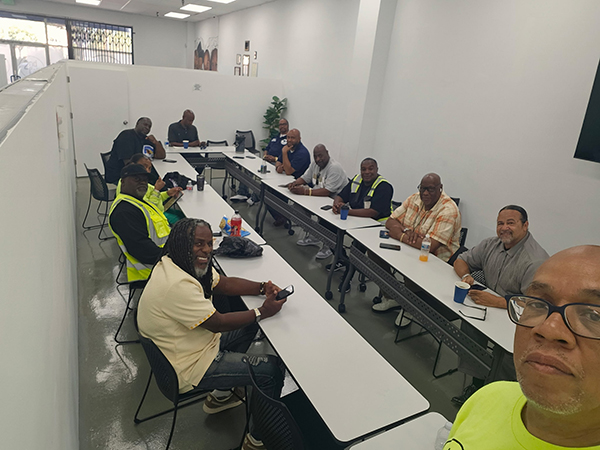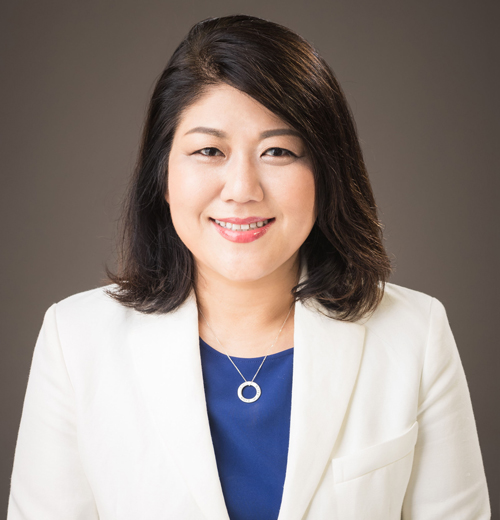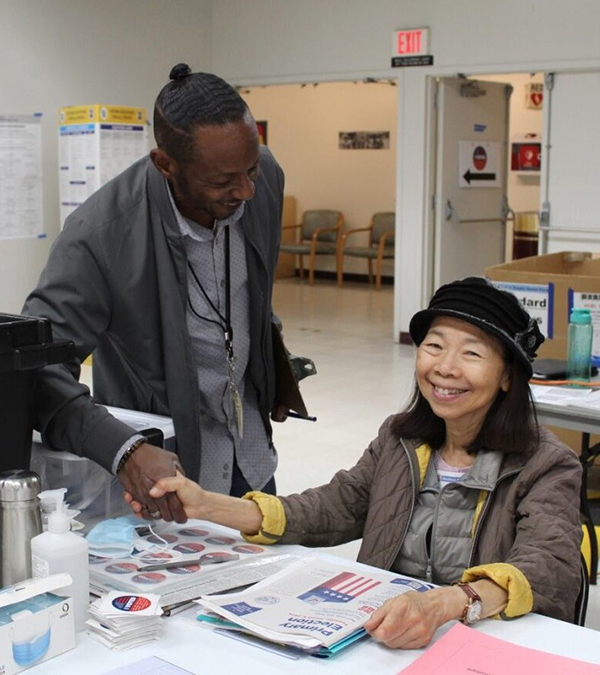Community intervention workers get pay raise from city

Second Call President and CEO Skipp Townsend is shown conducting a strategy meeting Sept. 24 for community intervention workers on his staff. Community intervention workers are credited with helping the city record one of the lowest homicide rates in years.
Courtesy photo
By Ray Richardson
Contributing Writer
LOS ANGELES — When a $14 billion budget for the city of Los Angeles was submitted for the 2025-26 fiscal year, Mayor Karen Bass made sure the community violence intervention program was not among the cuts.
Bass went a step further by including a raise in the budget for the city’s approximately 110 community intervention workers, boosting their annual salary from $45,000 to $60,000.
“If there’s no CIW program, it would be us against (Los Angeles Police Department) LAPD all the time,” said Skipp Townsend, president and CEO of Second Call. “In crisis situations, law enforcement would be looking at everybody as a suspect.”
The value of the CIW program seen by Bass, Townsend and other community leaders is how skilled intervention workers are able to defuse potential criminal acts before a 9-1-1 call is placed to the police.
Intervention workers have been summoned to help de-escalate gang tensions, domestic violence incidents, conflicts in schools between groups of students and other possible criminal activities.
Melvin McDuffie, a former gang member in Los Angeles, rides the train every weekday morning to the Rosa Parks station in Watts. The station is the first of several daily destinations for McDuffie, an intervention worker since 2022.
McDuffie, 40, makes his rounds at various locations in Watts and Compton to monitor situations that could develop into assaults or other criminal behavior.
“Almost every day there is something to deal with,” McDuffie said. “So many times, if CIW wasn’t on the scene, things could have escalated into something serious. I wish they had this program when I was coming up.”
City officials identify intervention workers as a key reason for significant drops in crime rates, including homicides. According to data provided by the Mayor’s Office, 54 fewer homicides were recorded as of mid-August in 2025 compared to the same period in 2024.
The data also showed a 45% decrease in gang-related homicides in Gang Reduction Youth Development zones compared to 2023. In July, Bass projected that Los Angeles was on pace for its lowest homicide rate in 60 years.
Getting ahead of potential violence with intervention workers has been viewed as a major asset in efforts to reduce crime in Los Angeles.
“The community intervention workers are critical to our comprehensive approach to public safety, to not just hold people accountable for their actions, but to prevent crime from happening in the first place,” Mayor Bass said in a statement to The Wave. “With violent crime down and gang-related homicides decreasing, we will continue our efforts to provide the services, opportunities and safety that our communities deserve.”
Intervention workers are mostly people with a high respect level in the communities they’re assigned to serve. Some staff members are also ex-offenders and former gang members, people with “lived experiences” who can relate to individuals thinking about retaliation or responding to “rumors in the streets.”
Former Los Angeles Mayor Antonio Villaraigosa started the community intervention worker program in 2007 with a limited staff. The program has been expanded over the years to help meet growing demands for public safety.
Townsend’s Second Call is one of 15 nonprofit community organizations recruited by the city to help provide workers with specific skill sets. McDuffie is one of the intervention workers from Second Call, an organization dedicated to gang prevention and developing career opportunities for offenders.
“The crime rates are down, not because of a new helicopter or more patrols, but because of the intervention,” Townsend said. “CIWs know how to navigate emotional situations. There’s no threat of a uniform, a badge, a gun or going to jail. CIWs are people folks are comfortable talking to.”
The program is under the direction of Deputy Mayor of Community Safety Karren Lane, appointed by Bass in 2023. Success of the program under Lane was a key reason Bass increased the budget and salaries for the staff.
“We employ people who have influence and respect in the community, so they can do the mediation that’s needed,” Lane said to The Wave. “Over the past three years, we’ve seen a decrease in gang violence. It’s clear to us that this module is working.”
In 2023, a surge in gang violence and criminal activity in Boyles Heights prompted more police patrols and a concerted effort from intervention workers.
Lane said intervention workers spent extra time in the Boyles Heights area to talk with youth and help defuse rumors that could have led to more violence.
“This summer there has been no gang violence in Boyle Heights,” Lane said. “CIWs were able to make people feel they were in a safe space to talk things out.”
CIW staffers did similar peace-keeping work this summer in South Los Angeles in the aftermath of several fatal shootings.
Townsend said the CIW mission is not limited to the boundaries of Los Angeles. He recalled joining a unit two weeks ago at Morningside High School in Inglewood. The unit got wind of a large fight between groups of students that was planned when school let out.
Townsend and the intervention workers defused the tensions and even went to a nearby McDonald’s to eat with many of the students to make sure peace prevailed.
“If we hear about something that’s gonna happen after school, we’re gonna be there,” Townsend said.
Ray Richardson is a contributing writer for The Wave. He can be reached at rayrich55@gmail.com.





